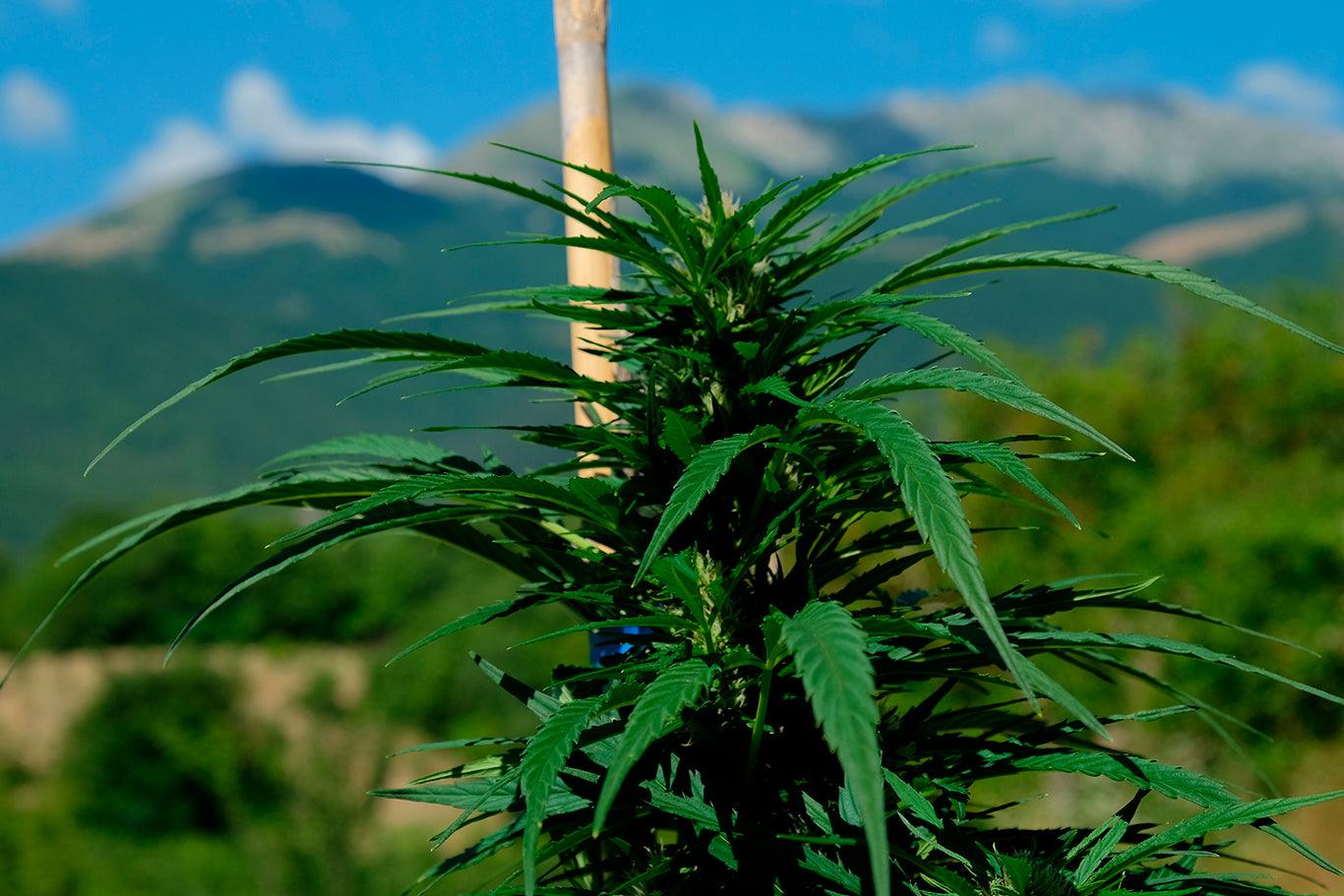In this article we will explain the best time for harvesting cannabis. The tricks and secrets to best manage this very important phase of cultivation. Read the whole article to find out how best to harvest marijuana. Specifically we will talk about:
- Evaluate the collection
- The pistil method
- When to harvest to have the right concentration of THC?
- The trichome method
- Trichome method: when to harvest?
Evaluate the collection
The plants are mature, they have grown slowly but at their best and now you have almost reached the end of the undertaking. Don't you want to risk ruining everything by starting harvest your cannabis plants too late?
No, you definitely don't want that. So let's see together what the techniques are for understanding when to harvest and above all for making sure you do it in the best possible way.
Choosing the right moment to move on to phase two, i.e. drying, can make the difference between an intoxicating "high" or a difficult to manage "stoned" effect, and in any case can significantly impact the potency and final yield.
When harvest time comes, the most common mistake is to harvest the plants too early .
In order not to be hasty and waste efforts and expenses, we must learn to interpret the signals that Cannabis plants send during the flowering phase.
There are two main methods for assessing whether a bud is ready to harvest: the pistil method and the trichome method .
The trichome method is undoubtedly the most reliable and popular among growers, but it requires a microscope to be sure of what you can't see with the naked eye. In any case, both methods are suitable for novice growers and are very useful in understanding when to proceed with harvest.
The pistil method
The pistil method is a good technique for understanding the right time to harvest the flowers of the cannabis plant, although it is certainly not the most scientific.The first question, fundamental and indispensable, is: what are pistils?
The pistil is the set of female reproductive organs of a plant . It is made up of the stigma , which is used to receive pollen, and the style , which connects the stigma to the ovary , the actual fertile area that houses the ovules .
Male cannabis plants do not produce flowers, but rather pollen sacs which, once mature, open, releasing their pollen onto the female plants with the aim of fertilizing them .
For this to happen, the pollen must come into contact with the pistils , which in the cannabis plant look like little hairs that protrude from the calyx of the flowers.
Pistils are filamentous , hair-like structures . They are found on the tops, emerge from the glasses and are visible to the naked eye. At the beginning of the flowering phase these structures are white . Subsequently, they take on reddish, brown and orange tones as the flowers mature.
When all the pistils appear straight and white , it is still too early to harvest. A well-formed bud, but with all the pistils still white, requires at least a couple of weeks before it is ready for cutting . In the "mature" plant the pistils darken , slowly acquiring a brown color.
When to harvest to have the right concentration of THC?
As already mentioned, choosing the right time to harvest cannabis has a huge impact on the potency of the substance once dried.
According to growers, the trick is to harvest when at least 40-50% of the pistils begin to take on a darker color , losing strength and curling up. However, if you want to obtain optimal concentrations of THC , it is advisable to wait a few more days.
Not only does the timing affect the potency, but also the quality of the high:
- if it is harvested when 40% of the pistils are rusty-brown, the induced high will tend to be more energizing;
- if you wait until 50-70% of the pistils have taken on darker colors, drying and curling, you will obtain higher levels of THC and a more euphoric and psychoactive high;
- if, however, you decide to wait until 70-90% of the pistils take on darker colors, the effects will be more relaxing, particularly suitable for anxiety attacks.
The moment in which the buds are harvested has a huge influence on the sensations induced by marijuana , so it is worth experimenting to establish which " high " is closest to your needs.
Whatever your choice, remember that harvesting too early is always much worse than harvesting too late.
Just like in the growth phase, the important thing is to know how to observe the various stages of development of the plants and the chromatic variation of the pistils.
The trichome method
The trichome technique is the most appreciated by professional growers , because it allows you to establish the x-time with very high precision.
This method involves observing the " trichomes ", small mushroom-shaped growths that appear on the surface of the Cannabis buds .
The “con” of this technique is that it requires the use of a microscope, or at least a magnifying glass, because the trichomes are not visible to the naked eye.
What are trichomes?
Trichomes are small growths that cover the entire surface of cannabis buds.
Trichomes are very important: they are small mushroom-shaped glands, located in the flowers and resinous leaves (sugar leaves), and produce the precious resin that contains cannabinoids and terpenes, which are kept there as if in small safes.
Therefore, knowing how to recognize their stage of maturation is essential in order to harvest top-quality cannabis.
Trichomes are microscopic, so it is almost impossible to observe them with the naked eye and appreciate the changes.
To be able to study them precisely, you need to use a microscope , possibly a portable digital device that can be connected to a computer, to observe the trichomes of your plants with maximum precision.
A valid alternative may be to use a jeweler's magnifying glass , with which you can already obtain a rather detailed view.
But why do we need to look at trichomes? Exactly as happens with the pistils, also in the case of trichomes the maturation signal is given by a chromatic variation : you have to wait for these growths to go from their transparent appearance to a more milky and opaque shade.
Trichome method: when to harvest?
The chromatic variation of the trichomes gives the grower the signal: the time has come to move on to the second and final phase, that of harvesting and drying.But what does the color variation of trichomes tell us?
When 50-70% of the trichomes have taken on a darker color, the THC content will be at its maximum and the plants will be ready to be harvested.
Under the microscope, trichomes at the beginning of the flowering phase will appear transparent, crystal-like . This indicates that the flowers are not yet mature and have not yet reached their maximum potential.
As time passes, the trichomes will become darker, until they take on a milky color. As long as these tiny resin producers are semi-transparent, the flowers give off a faint odor and must therefore grow further.
When it comes time to harvest, the plant will be able to let us know: the trichomes will become completely opaque , which means that THC production is at its peak, as are the psychoactive effects of the plant. It's the perfect time to harvest ripe buds.
As already mentioned, acting at the right time will also affect the effects of cannabis. If harvested too early the effect will be mild, due to the low concentration of THC.
When THC is at its peak the effect will be a euphoric, positive and energizing high. However, if harvest is postponed, the already opaque trichomes will turn amber and the buds harvested at this stage will produce more physical and sedative effects.
If the article was of interest to you, share it on social media with the rest of the Community, every single share helps us support our blog and keep you fully informed about the world of Cannabis.
You might also be interested in:










